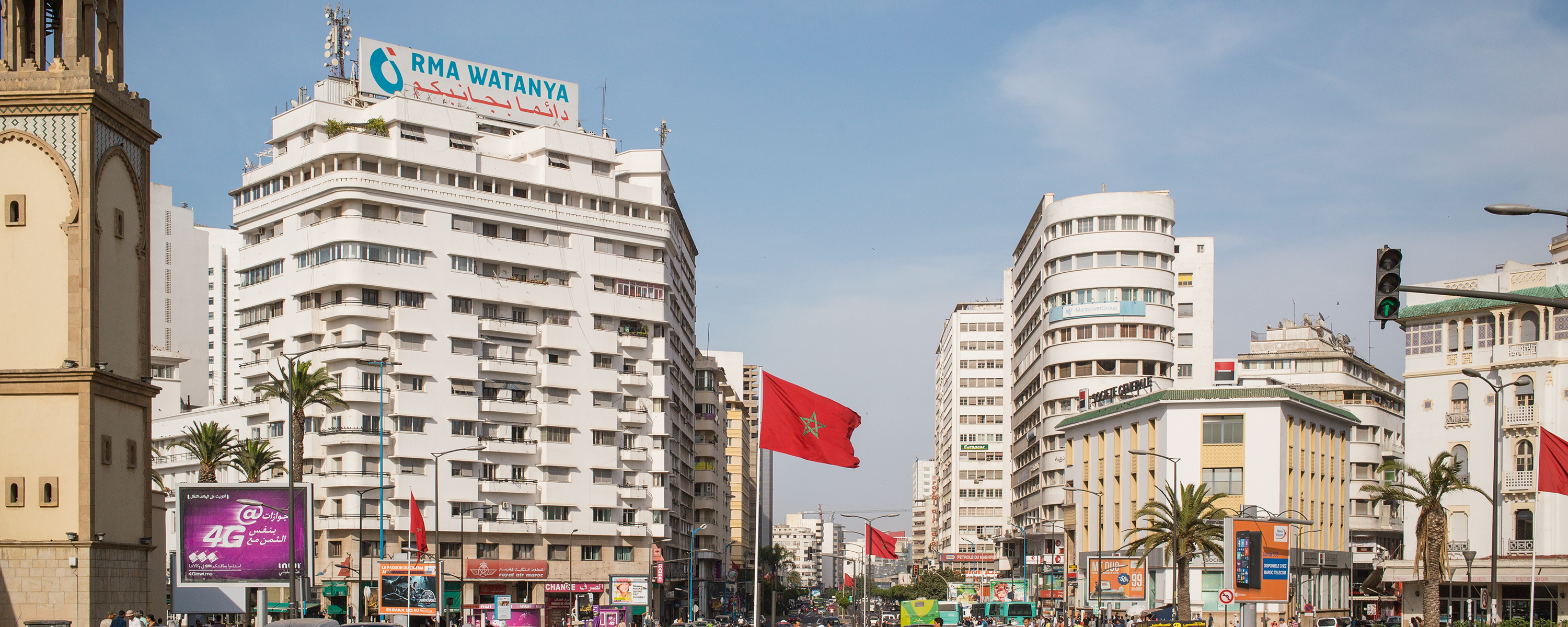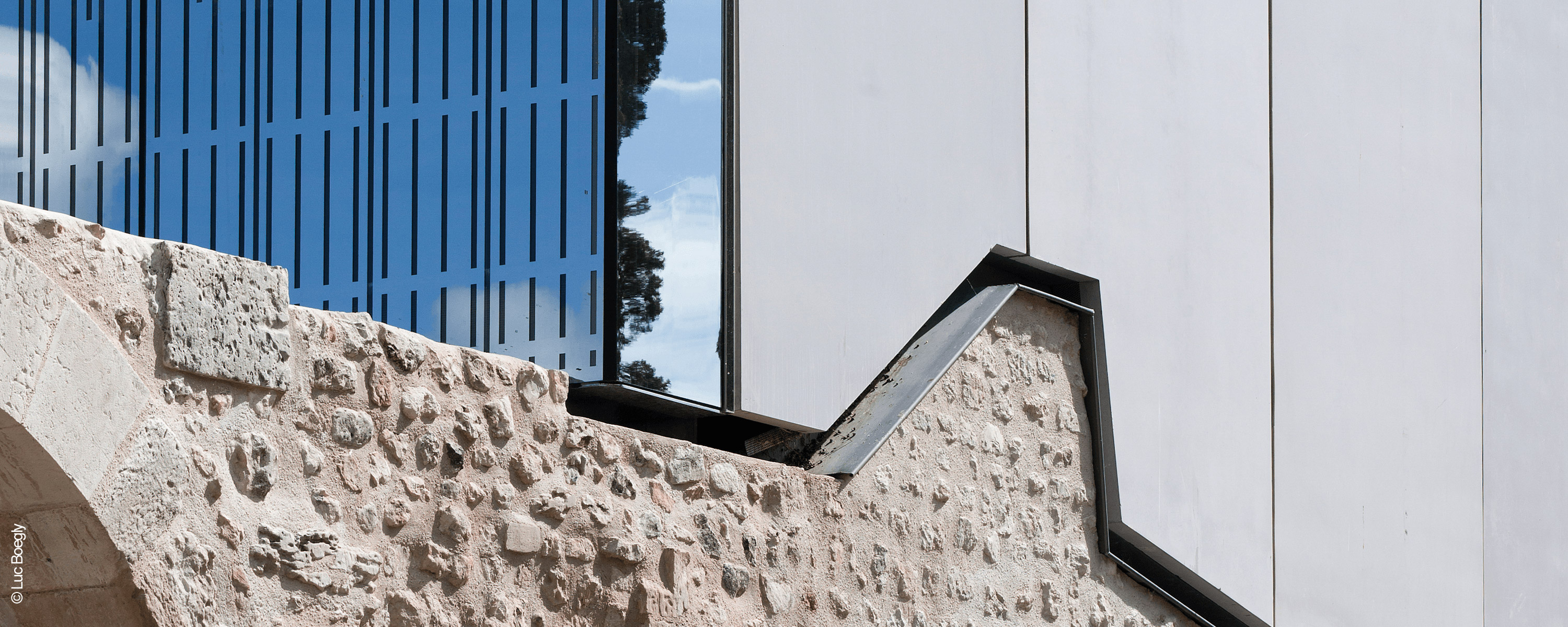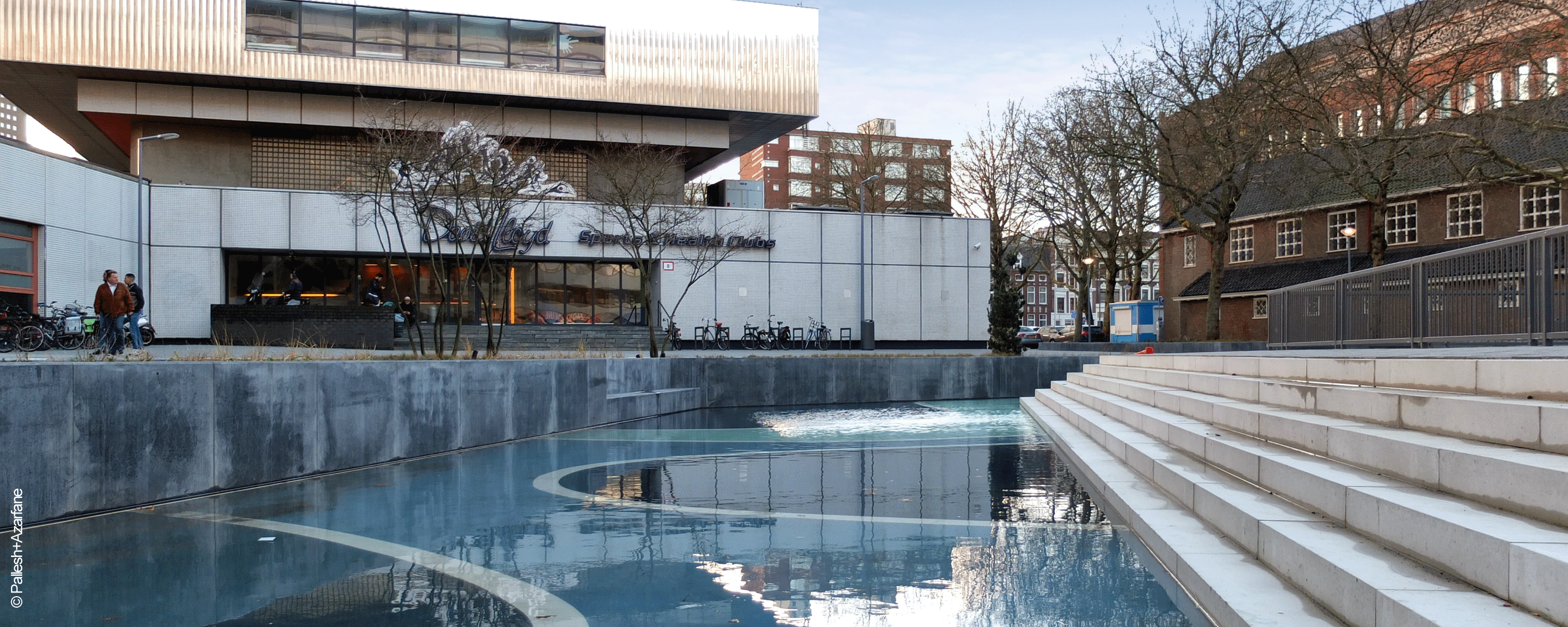MOROCCO
After its first participation, which attracted a great deal of attention, in the most recent Venice Architecture Biennale, Morocco has recovered its place today on the international architecture scene. So the editorial board of AA approached the curators of the Morocco Pavilion to continue the reflection initiated in Venice, to open perspectives, highlight the vivacity of architectural production and give still more visibility to its actors and local projects.
At the start of the 2000s, Morocco’s economic growth and political openness were revived. Until that time marked, since the 1980s, by an Orientalist image intended for tourists, architecture henceforth took a genuinely contemporary approach. Respecting a heritage that includes modern references as much as the Arab-Muslim world, the projects initiated by the new generation of Moroccan architects take diversified challenges, but above all a strong concern for context, into consideration. Available on newsstands since September 18, number 408 of L’Architecture d’Aujourd’hui reports on an emerging plural identity in Morocco. The architect Tarik Oualalou however prefers to talk about the idea of familiarity, which implies “working through evocation rather than figuration” and refers to memor, far from a “stylistic simplification.” Memory that the architect Salima Naji is eager to rehabilitate by innovating traditional building techniques. Unabashedly combining tradition, modernity and contemporaneity, architecture in Morocco is above all a question of context and climate. Lastly, among the different subjects explored in this issue, the Moroccan desert reveals itself to be a genuine urban laboratory, and the medina, one of the most resilient urban figures that was able to evolve over time. At the moment of technological democratization, we decided to end our study and widen reflection by questioning the future of a contemporary architecture in Africa, which, by combining the hand and the machine, is working toward enriching the architect’s profession.




